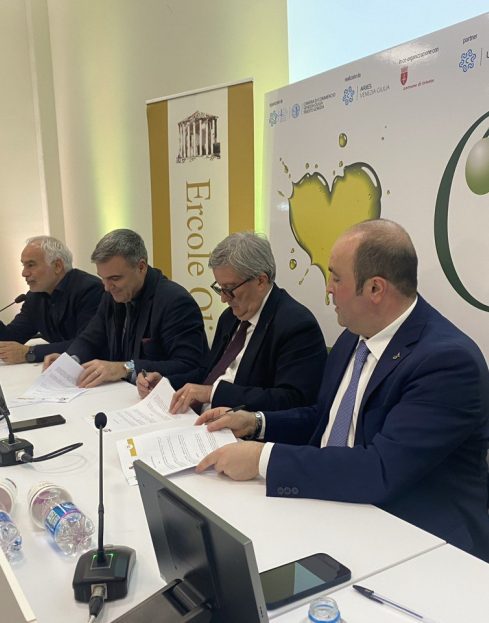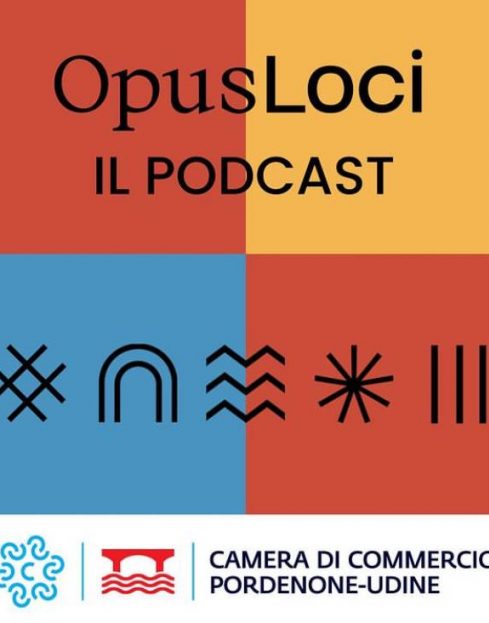The Botanical Garden of Padua
One of the wonders preserved in the historic center of Padua is undoubtedly the Botanical Garden. Established in 1545 by commission of the Senate of the Venetian Republic for the benefit of medical students ( also known as the “garden of the simple”, i.e. of the medicinal plants most in use at that time), the Botanical Garden is still managed by the University of Padua, which has since then welcomed numerous exotic species within the walls of its “hortus conclusus”, the typical medieval walled garden model. The plan of the original project is still clearly visible today: a square inscribed in a circle on two perpendicular axes indicating the four cardinal points. As often happens in the art and architecture of the Renaissance, the symbolic aspect is important, and the number four is repeated several times: four are the stands into which the original square is divided, and four more are the statues of the season seeming to watch over the fountain known as the Four Seasons fountain. The design of the square in relation to the circumference is another typical theme of ancient and recent symbolic speculation, taken up in the twentieth century by Jung, who saw in the union of the two forms the image of order. The Garden hosts, among all, some specimens now made famous by history, such as the famous “Goethe palm”, much admired by the German poet, the Himalayan cedar, and the first acacia tree – originally an American plant – introduced in Italy, dating back to 1662. Furthermore, since 2014, the Padua Botanical Garden has expanded, equipping itself with a new avant-garde greenhouse, the Biodiversity Garden, which thanks to solar energy and the exploitation of rainwater feeds more than a thousand species,limiting its environmental impact to a minimum.

How to
get there
Venice Tessera Airport
Bologna Airport
Serenissima highway
Bologna-Padua highway
Activities

cycling

trekking

excursions
Latest
News
from CamCom
The Mirabilia Network Association aims to promote the territories and paths in the UNESCO World Heritage sites supported by the Chambers of Commerce of:


































